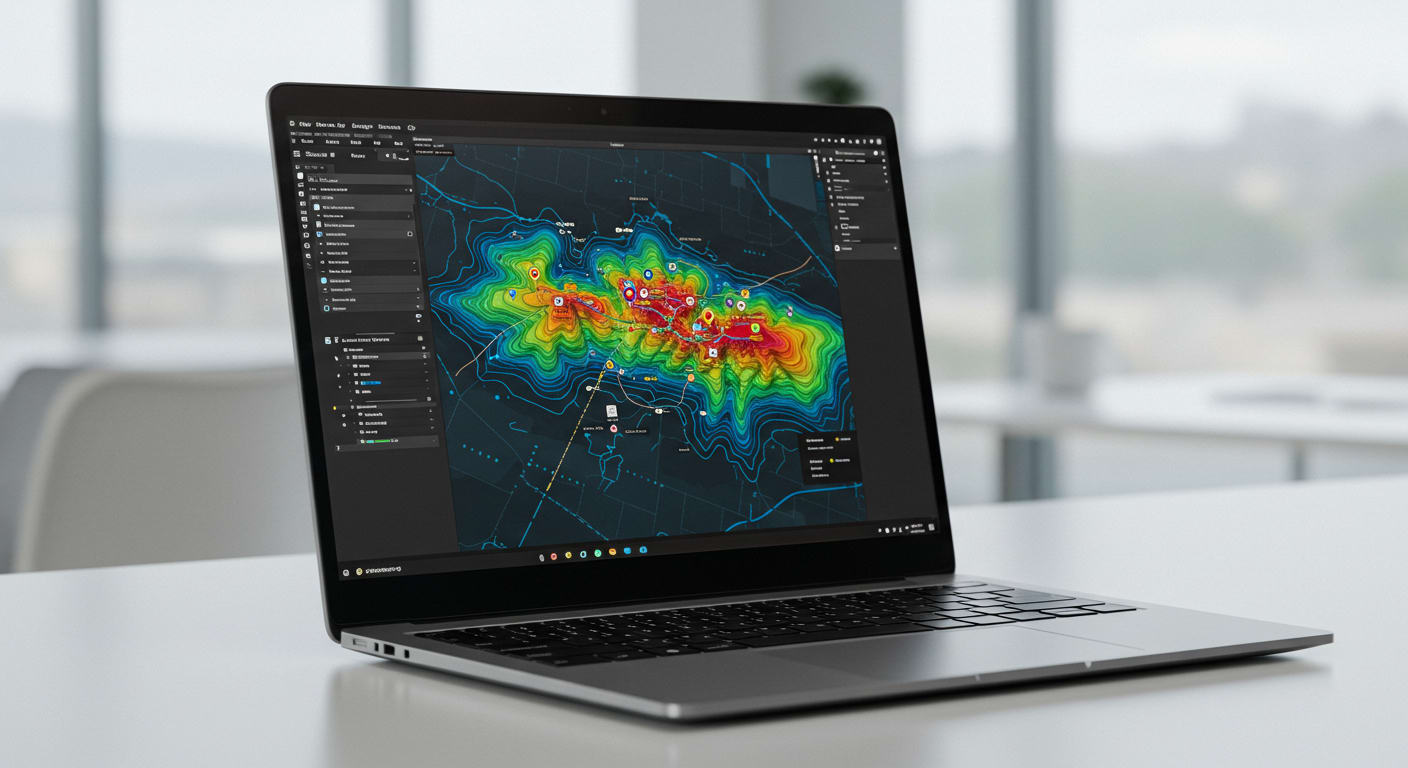
Best Laptop for GIS | Education
Geographic Information System, or GIS software, is a powerful toolset that allows users to create, analyze, and visualize spatial data.
From generating detailed maps to running advanced spatial research and data overlays, GIS software plays a critical role in various industries.
Urban planners, environmental scientists, land surveyors, and geologists all rely on it daily to make data-driven decisions.
Since GIS tasks often involve working in the field or switching between locations, a portable laptop becomes the ideal companion.
It offers the flexibility of on-the-go computing, integrates smoothly with peripherals like scanners and printers, and still packs the power needed to handle GIS software effectively.
But not every laptop is built to handle heavy geospatial analysis or 3D mapping. That’s why it’s important to choose a machine with the right hardware configuration.
Here are the basic system requirements we recommend for running GIS software smoothly
Intel Core i5 or higher
Minimum 8GB RAM (16GB preferred)
6GB dedicated graphics card
At least 256GB of storage
6-7 hours of battery life
Now, after deep research and real-world testing, we’ve handpicked 7 of the best laptops for GIS software that deliver the performance and reliability you need.
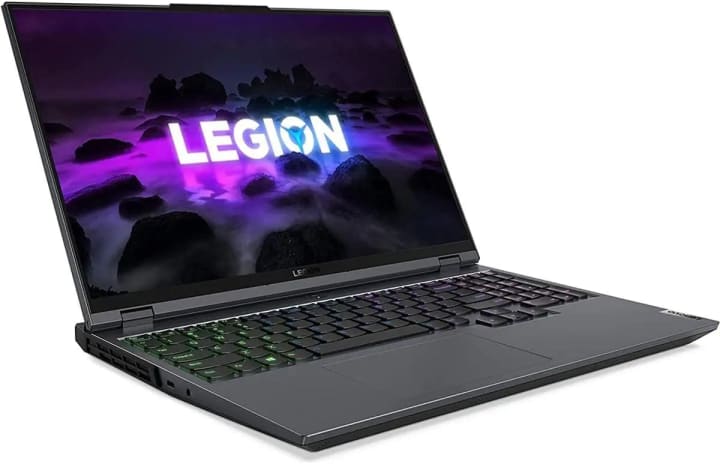
The Lenovo Legion 5 is a fantastic all-rounder that delivers excellent performance without breaking the bank. It features a powerful AMD Ryzen 7 processor, 16GB of RAM, and a fast 512GB SSD.
The standout here is its dedicated graphics card, which ensures smooth rendering of large spatial datasets and 3D topographic modeling.
The 15.6-inch display is crisp and color-accurate, making it easy to work on detailed maps and analysis.
With a solid build, backlit keyboard, and reliable thermals, this laptop is well-suited for both students and professionals in the GIS field.
Whether you’re using ArcGIS, QGIS, or AutoCAD Map, the Legion 5 handles it effortlessly making it one of the best value picks on the market right now.
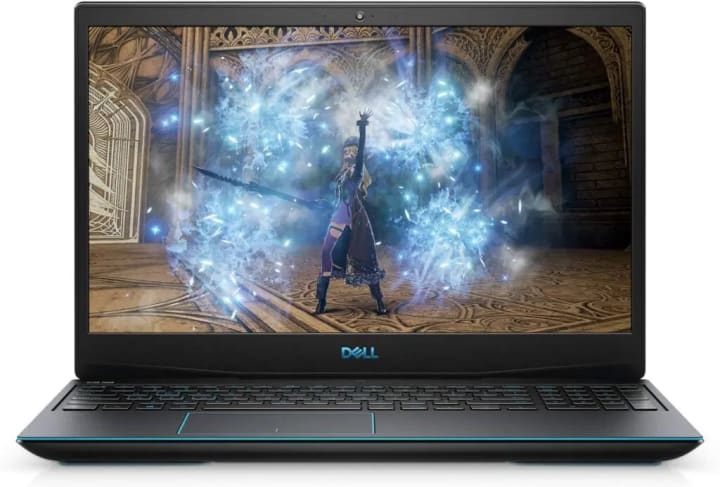
If you’re looking for powerful internals and solid reliability, the Dell G3 Gaming Laptop is a top choice. Powered by a 10th Gen Intel Core i7-10750H processor, 16GB of RAM, and an NVIDIA GeForce RTX 2060 GPU, it offers enough horsepower for high-level geospatial rendering, 3D terrain analysis, and real-time data overlays.
The 15.6-inch anti-glare display reduces eye strain during long work sessions, and the 512GB SSD ensures fast load times and smooth multitasking.
Designed originally for gamers, its cooling system and graphics power also benefit professionals who work on GIS and remote sensing tools.
This laptop strikes a great balance between affordability and performance for users who demand reliability and speed.

For those who prefer macOS and unmatched build quality, the Apple MacBook Pro with the M1 chip delivers superb performance in a compact form factor.
With 16GB of unified memory, a 1TB SSD, and an extremely fast M1 processor, this laptop is perfect for running Mac-compatible GIS software like QGIS or cloud-based platforms.
The Retina display is brilliant, sharp, and color-accurate great for viewing and editing large spatial datasets.
Battery life is exceptional, easily lasting through an entire workday. While not all proprietary GIS tools are available on macOS, for users with cross-platform needs or cloud-based workflows, this MacBook Pro is one of the most efficient and high-performing laptops available.
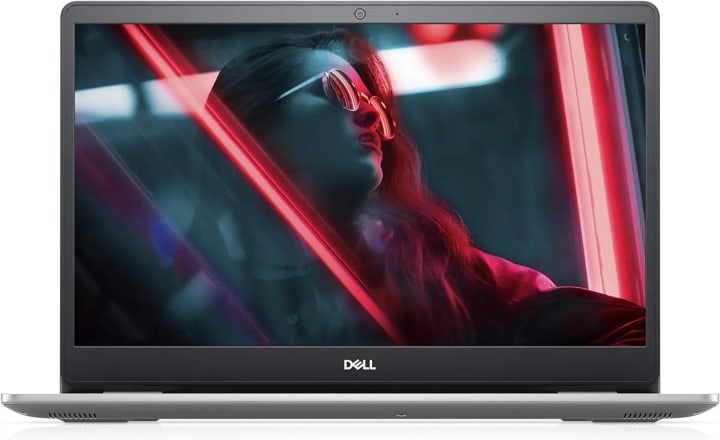
For users just starting with GIS or those working on lighter spatial tasks, the Dell Inspiron 15 5593 is a dependable budget-friendly choice. It features a 10th Gen Intel Core i5 processor, 8GB RAM, and a 512GB SSD.
While the integrated graphics are not meant for heavy 3D rendering, the laptop performs well for vector data analysis, basic mapping, and running QGIS smoothly.
The 15.6-inch anti-glare screen makes it comfortable to use for long sessions, and the lightweight chassis adds to its portability.
It’s a great option for students or professionals on a tight budget who still need reliable GIS performance for day-to-day operations.
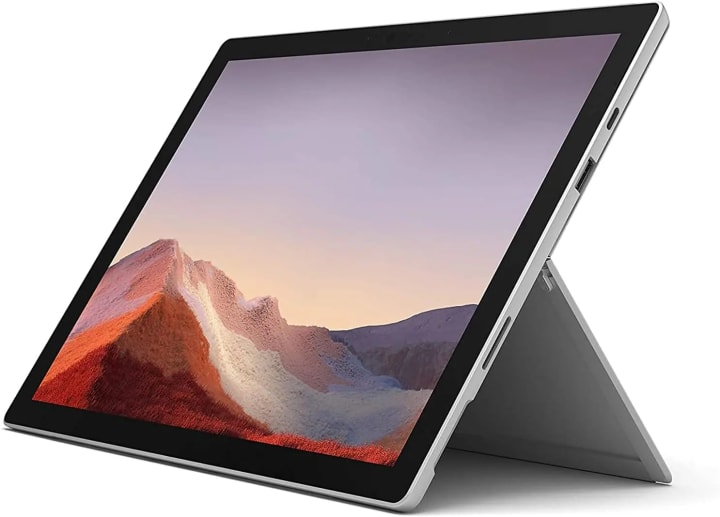
If portability and flexibility are your top priorities, the Microsoft Surface Pro 7 is a solid pick.
With a 12.3-inch touchscreen, Intel HD Graphics 615, 8GB of RAM, and 256GB SSD storage, this 2-in-1 device handles lightweight GIS tasks with surprising agility. It’s ideal for fieldwork, data collection, and quick on-site analysis.
The detachable keyboard and pen support make it even more versatile for mapping and annotating.
Though it’s not meant for heavy GIS processing, it excels as a companion device for those who need mobility and a compact, reliable machine for light editing or cloud-based GIS tools.
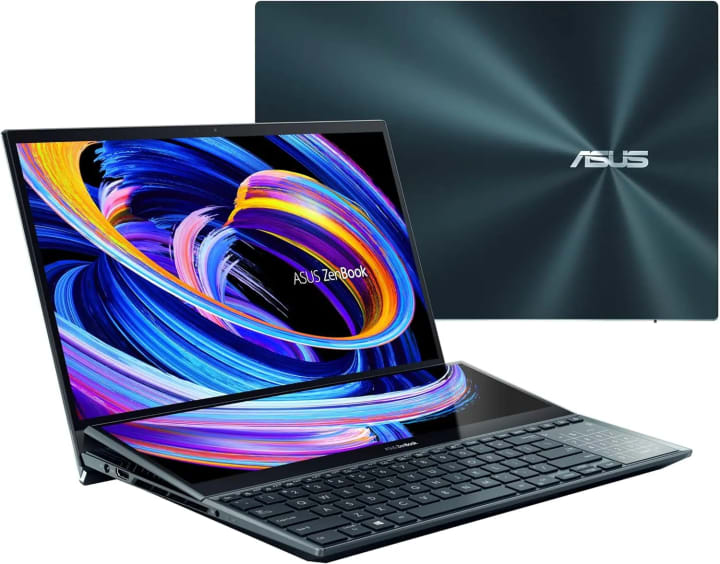
If you’re after innovation and raw power, the ASUS ZenBook Pro Duo 15 is a game-changer. It boasts a 10th Gen Intel Core i7 processor, 16GB RAM, a 1TB SSD, and a dedicated NVIDIA GPU all packed into a stylish dual-screen setup.
The 4K main display and the secondary touchscreen make multitasking a breeze, allowing GIS professionals to run maps on one screen and tools or notes on the other.
Perfect for multitaskers, remote sensing experts, and professionals working with 3D visualization, this machine offers unmatched performance and workflow efficiency.
It’s a premium choice but well worth the investment if you’re managing complex GIS datasets.
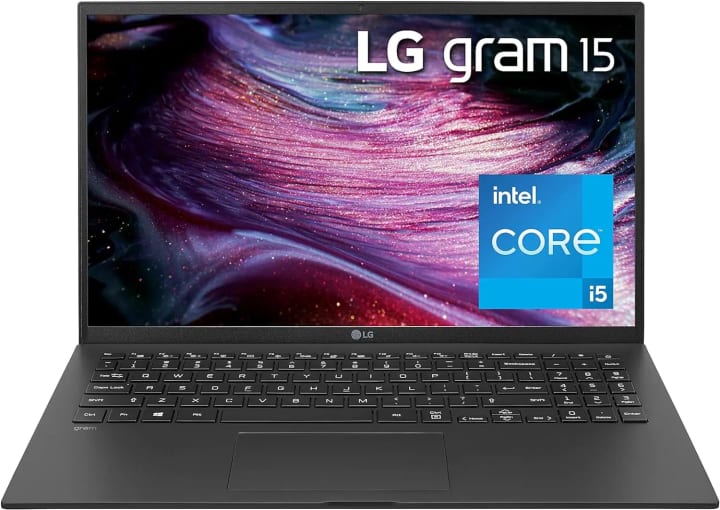
If you want power in a lightweight, stylish package, the LG Gram 15Z90P is a top contender. Despite its ultra-light body, it’s packed with an 11th Gen Intel Core i5 processor, 16GB RAM, and a 512GB SSD.
The 15.6-inch display is bright and clear, and the long battery life up to 20 hours in some cases makes it excellent for working in the field or on the go.
While the integrated graphics won’t support advanced 3D rendering, it handles most 2D GIS applications comfortably. It’s perfect for users who value portability and need a laptop that looks as good as it performs.
Conclusion
Choosing the right laptop for GIS software comes down to performance, portability, and your specific use case.
Whether you’re mapping urban growth, managing land records, or conducting environmental studies, each laptop on this list has been chosen to meet the demands of GIS tools like ArcGIS, QGIS, and more.
From budget options to high-end beasts, there’s something here for every level of user.

